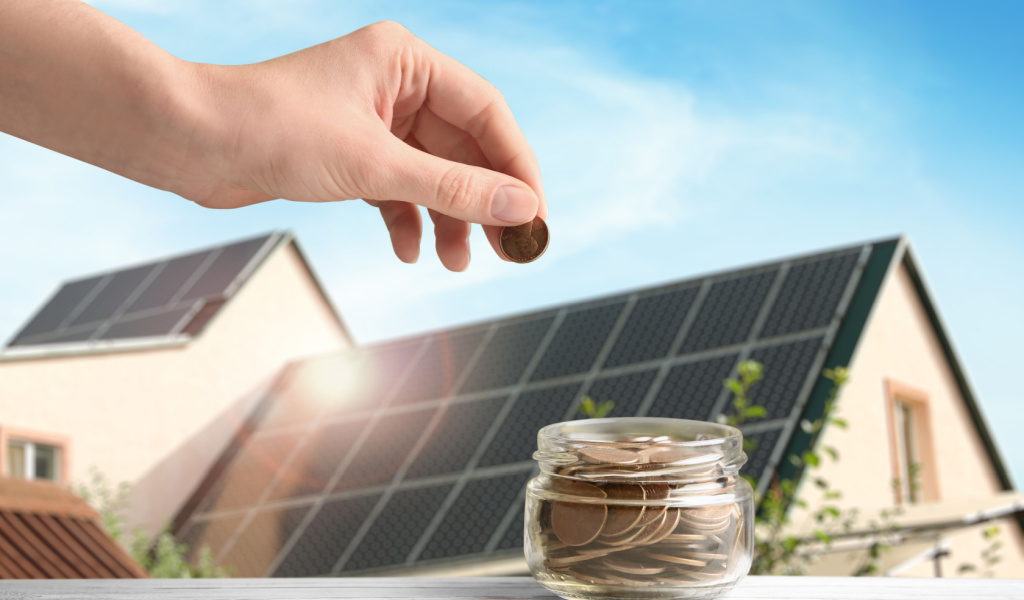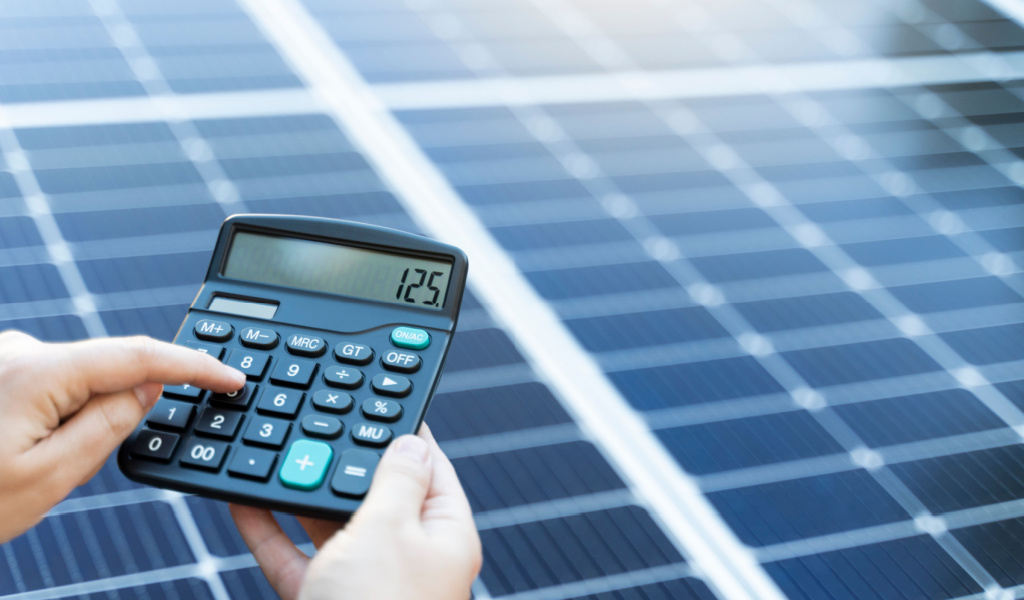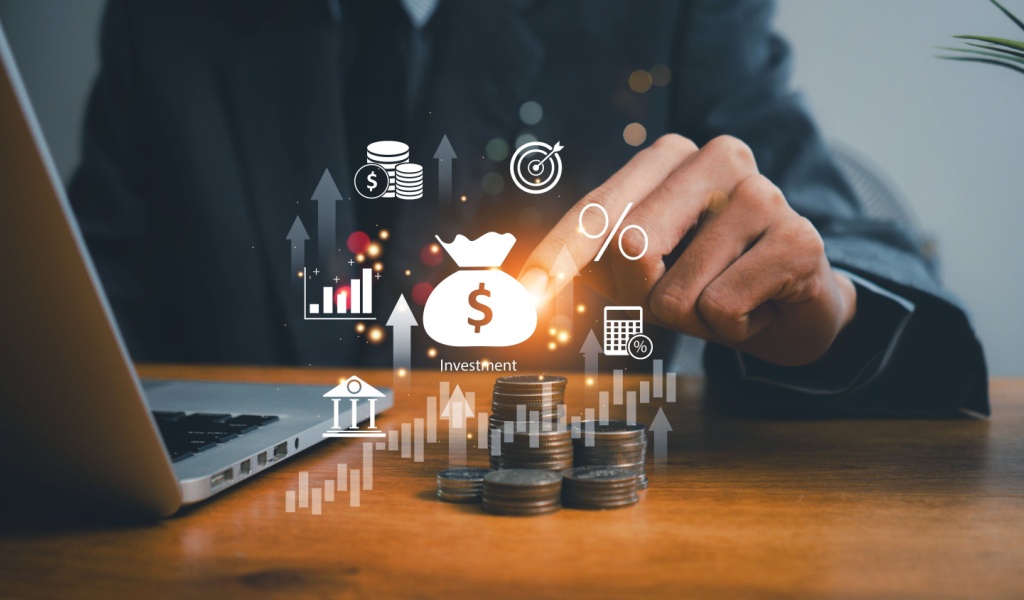With rising energy costs and a climate crisis looming, people are becoming very concerned about reducing their carbon footprint. A solar energy system is one way of doing so. Of course, going solar is a huge decision to make and requires a lot of careful research. While converting to solar offers many benefits for homeowners, such as reduced carbon emissions, better energy savings, and increased property values, it’s not a move that is suitable for every house.
In this article, we hope to shed some light on whether switching to solar panels is worth the financial investment.

What Is Solar Power?
Solar power is an eco-friendly renewable energy source that converts sunlight into usable energy through heat or electricity. Different types of solar panels could be installed on roofs. It harnesses the sun’s power and converts it into energy that is powerful enough to light up your house, run appliances, heat water, and keep you warm on cold days.
How Much Do They Cost?
The average cost of a solar panel is about $16,000, while the more expensive solar panel systems can cost above $35,000. The price will depend on several factors, including the size of the house, geographic location, and the solar installer costs. Homeowners will also have to consider extra charges like solar batteries, additional equipment, and maintenance costs that will extend the life of the solar panels.
So, yes, solar panels are pretty expensive! However, on the bright side, costs have decreased by over 50% in the past decade and there’s a good chance that they may go down further in the future as their popularity rises.
How Much Money Can You Save With Solar Panels?
There’s no one-size-fits-all answer. To figure out how much you can save by investing in solar panels, you need to do some basic math. Calculate your initial investment for a solar power system and its energy production capability. Then, you can make a rough estimate of the potential savings it can make to your energy bills.
Solar panels have a lifespan of about 25 years, after which their efficiency would begin to decline. Homeowners generally recoup the investment within 6-10 years, so they can benefit from an average of over 16 years of savings on their utility bills.
Let’s take a look at an example so you can get a better understanding:
You pay $16,000 for your solar panel installation, and with the 30% tax credit, the total cost will be around $11,000. If you save $100 a month on your electricity after the payback period, this amounts to $1,200 a year. When multiplied by 16 years, you’ve managed to save over $19,000! Besides, this doesn’t even factor in the money you can get via net metering, which is where solar panel owners can sell extra energy back to the grid and earn an income!
While this above example certainly is very attractive, it’s important to understand that there are instances where solar panels do not produce the expected return on investment due to limited sunshine, faulty equipment, and so on. This is where doing your research is so important. Don’t hesitate to contact a professional to seek help regarding the solar panel system’s expected production rate in your specific area and the output issues.

What Are The Pros And Cons of Installing Solar Panels?
Before spending such a significant amount of money, it’s worth analyzing the pros and cons to help you decide if solar panels are a worthwhile investment.
Pros:
- You can experience significant savings on your home energy bills.
- It makes your home more self-reliant and independent from the electric grid, giving you energy independence. This means that even during a blackout or outage, your solar system with a battery can power your home.
- You’re playing your part in reducing your carbon footprint. The electric power sector contributes about 25% of greenhouse gas emissions globally. When you use renewable energy, you reduce the use of fossil fuels and their harmful emissions.
- It improves the value of your home. Solar panels can add about $15,000 in value and help you to sell your house much faster.
- State, federal, and local tax incentives can save you money. When the Inflation Reduction Act was passed in 2022, it increased the solar investment tax credit to 30%.
- It speeds up your payback period through net metering. With net metering, you can sell your extra energy back to your utility company. However, not every state has this, so check with your utility provider.
Cons:
- Solar panels are quite expensive. Even though there are solar companies and installers that offer the financing option, it often means that you’re required to pay interest and extra fees.
- The payback period can be rather long. On average, the payback period is about six to twelve years in the US, but again, this varies according to your electricity usage, energy costs, and other incentives.
- The conditions might not be favorable for everyone. For example, factors like available sunlight, installation problems, and space restrictions can make installing a solar system more expensive. It also entails additional costs like repairing your roof, trimming trees, and so on, which are often overlooked expenses.
- When you add a solar panel system to your home, it increases the appraised value. However, this comes with a downside, too, because when your home’s value rises, you will have to pay higher property taxes. It’s important to note that some states have policies that exempt solar paneled homes from paying additional property tax.
- If you hope to store energy from your solar panel system, you will need solar batteries. However, these can be very expensive. In fact, solar batteries can double the cost of solar panels!
Bottom Line
Investments accrue interest over the years. Likewise, solar panels extract value over time. There is no denying that solar panels are a reliable and worthwhile option because they create valuable electricity from the sun. However, you should carefully consider the available sunlight in your area, your local energy prices, and energy uses to estimate whether your solar energy system can compensate for the upfront cost. This will take time – about a decade or so – but it might just give you another decade or two of free energy!



